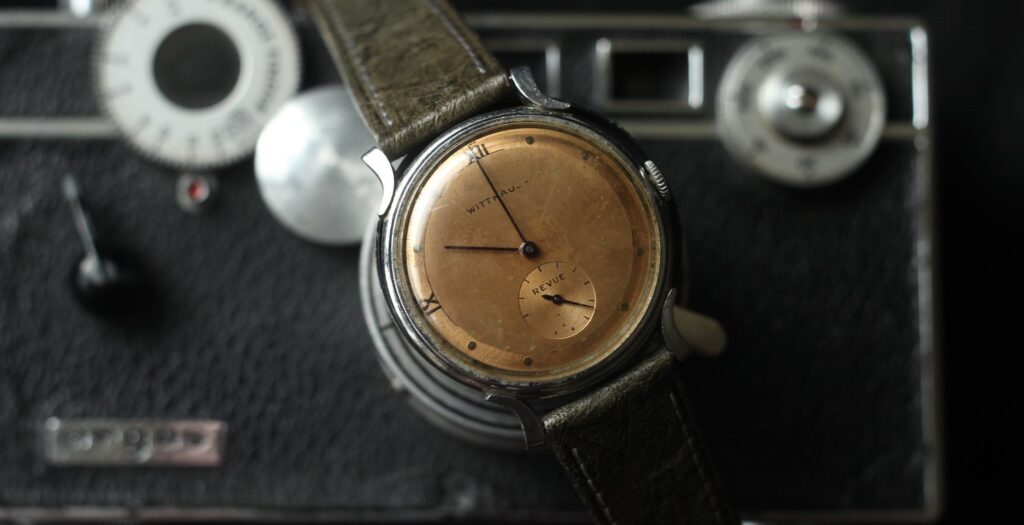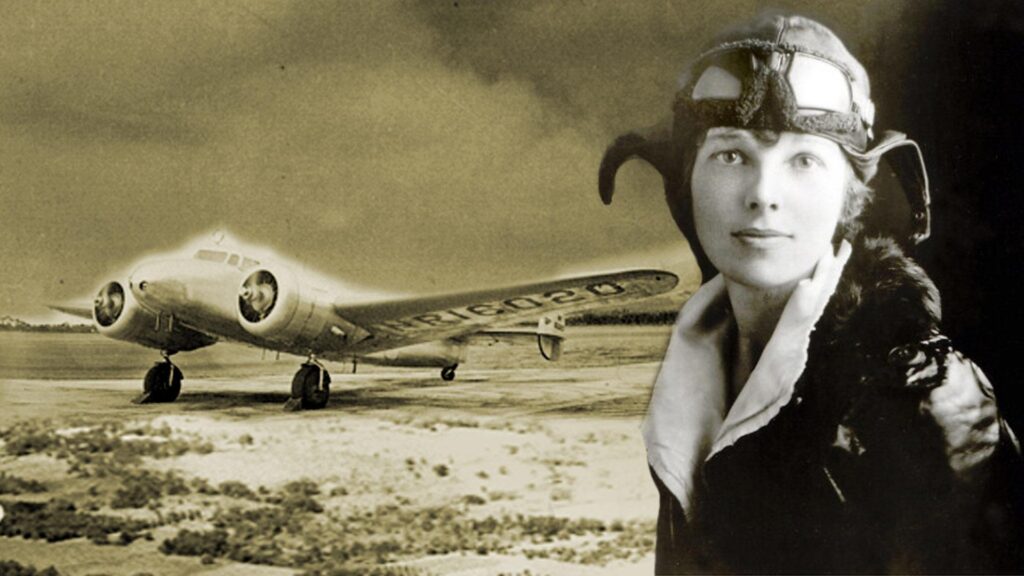The First Woman CEO in Watchmaking

Wittnauer is a watch company with a family oriented origin story. It was begun by three brothers, immigrants from Europe, who set out to take their budding skills in business and watchmaking to market in the late 19th century. Each brother aided in building a reputation for Wittnauer’s imports and highly accurate navigational timepieces. Though these three male siblings built the brand to start, its legacy was continued through their younger sister Martha. She took control of Wittnauer in 1916 when her last surviving brother (Emile) died—becoming the first woman to hold the title of CEO in the history of horology. Under her guidance, the Wittnauer watch company weathered some of the harsher economic climates of the early 20th century. Taking over the company before she was even legally able to vote, Martha succeeded in keeping the company viable and thriving up until the later part of the Great Depression.

During WW1 Martha Wittnauer pushed the company’s well earned reputation toward new industries such as aviation and the increasingly popular style of performance watches. Being a company of firsts—starting out as the first American watch company to import Longines watches—Martha’s tenure as CEO saw the Wittnauer brand accompanying many historic flights. Because Wittnauer designed highly accurate (and world renowned) chronometers for aviation and exploration, their instruments and timekeeping were aboard the first flight over the north pole; the first trans-atlantic flight; and Amelia Earhart’s first female solo flight across the Atlantic. This last achievement stands as a testament to the progress that both Wittnauer and society at large were witnessing in women taking on stronger roles in Western society (albeit, there was still a long way to go from that point). Aside from the more famous flights, Wittnauer took to the skies—under Martha’s supervision—on war planes flown during the Great War (WW1).
Continuing on “firsts”, Martha oversaw the first All-Proof (their title) watch. Decades before Timex’s famous “it takes a licking and keeps on ticking” campaign, the All-Proof was supposedly dropped from airplanes, from the tops of skyscrapers, hiked into the Himalayas, and otherwise stress tested around the globe under plethora harsh conditions. The success of this timepiece—and Wittnauer’s other navigational pursuits—was reinforced by Martha’s leadership as CEO. Without any formal business training, being her brothers’ homekeeper prior, Martha was the first woman ever elected into the Horological Society of America. Her propensity for keeping the business thriving made watchmakers and businessmen around the globe take notice. On top of all of the firsts for Martha and the Wittnauer brand, Martha’s time as CEO saw Wittnauer become the first official timing company for America’s first radio broadcasting company—the National Broadcasting Company.

Despite the many successes of Wittnauer under Martha’s guidance, the company eventually succumbed to the difficulties of the Great Depression. In 1936 Martha sold the brand to a pearl manufacturer named Hella Deltah. After the sale of the company, Wittnauer became known as Longines-Wittnauer—which made the Wittnauer brand lose some potency in the eyes of consumers. The rest of the 20th century saw the Wittnauer brand switch hands a few more times from the Longines-Wittnauer namesake—but the long-running relationship between those two brands continued. In 1950, Longines outright bought Wittnauer. This merger continued until the very beginning of the 21st century. As it were, Bulova bought the Wittnauer brand in 2001. Although the history of Wittnauer is a bit more nuanced than this brief timeline, the brand’s continued existence past Martha’s 1936 sale shows how far-reaching its legacy is in timekeeping. Being a key moment in the legacy of timekeeping generally, Martha Wittnauer’s run as the first woman CEO in watchmaking struck a spark for what’s now a growing trend in the commercial watch industry. With Hélène Poulit-Duquesne (formerly of Cartier) acting as Chief Executive Officer for Boucheron and Catherine Renier heading Jaeger-LeCoultre, the trend toward women fronting high-end luxury watch companies will hopefully continue. Even though women only front 6.6% of fortune 500 companies, currently, the watch world itself is seeing a shift from its historically “boys club” persona. Though some high-end ad campaigns may come across as pandering or insincere, the overall future of horology is pushing toward greater equity. That being said, hats off to Martha Wittnauer for taking up the mantel all of those years ago. Wittnauer itself continues into a new age, where women are taking their place at the top alongside the many men of watchmaking.
Times Ticking has been in operation for more than 30 years, since 1982. We have performed watch repair for customers both locally and internationally. If it Ticks! We KNOW it! Our team of watch repair technicians have a combined experience in watchmaking of over 120 years.

